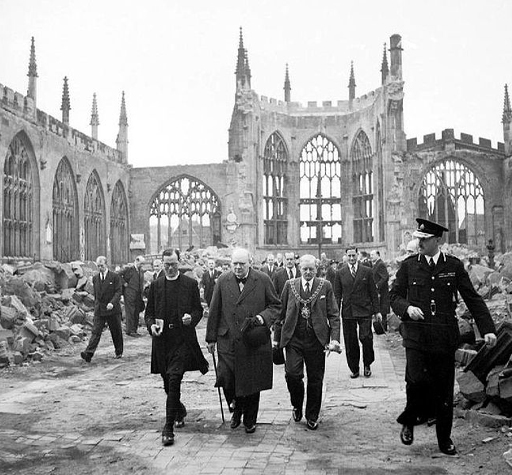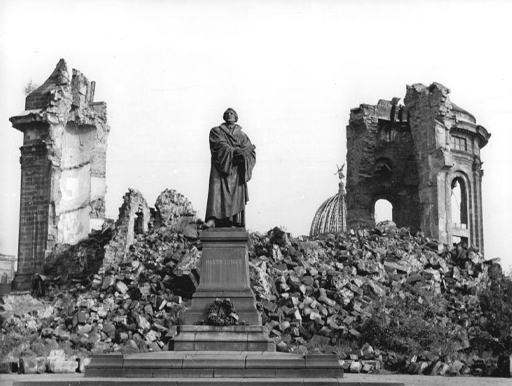3 The Hague Convention (1954)
Cultural heritage often plays an important role in armed conflicts. Heritage buildings can be used as fortresses or observation points. Heritage can also be looted as spoils of war or deliberately destroyed in acts of iconoclasm or cultural cleansing.
Yet there have been calls to constrain the treatment of cultural heritage in war. For instance, Sun Tzu in the 6th century BCE argued that cultural heritage should not be punitively destroyed in conflicts. More recently, rules regarding the treatment of cultural heritage in war have begun to be codified into law. Perhaps the most significant international treaty is the 1954 Hague Convention for the Protection of Cultural Property in the Event of Armed Conflict (1954), which can be shortened to the 1954 Hague Convention.
The Convention was developed after the Second World War. In the war a huge amount of cultural property was destroyed and stolen. From the Nazis’ organised looting of European art, to their bombing of historic landmarks, such as England’s Coventry Cathedral (Figure 5). The Allied forces were also responsible for many serious acts of cultural devastation, including bombing Monte Cassino Abbey in Italy, and destroying the Frauenkirche (as well as 90% of the other city-centre buildings) during the air raids on Dresden in Germany (Figure 6).

The Hague Convention was drafted by 56 states with the aim of preventing the similar mistreatment and destruction of heritage from happening again. The Convention covers both movable heritage, such as books, paintings, statues and archaeological objects, and immovable heritage, such as cathedrals, temples, museums and ruins. It lays out a series of constraints which forbid the theft of cultural property and limit the circumstances under which it may be used or attacked for military purposes.
The following video clip from UNESCO outlines their understanding of the Convention’s significance. It also outlines the scope of the legislation by offering examples of the kinds of objects and sites it covers.

Transcript: Video 2
In the next section, you will learn more about the specific rules set out in the 1954 Hague Convention.

